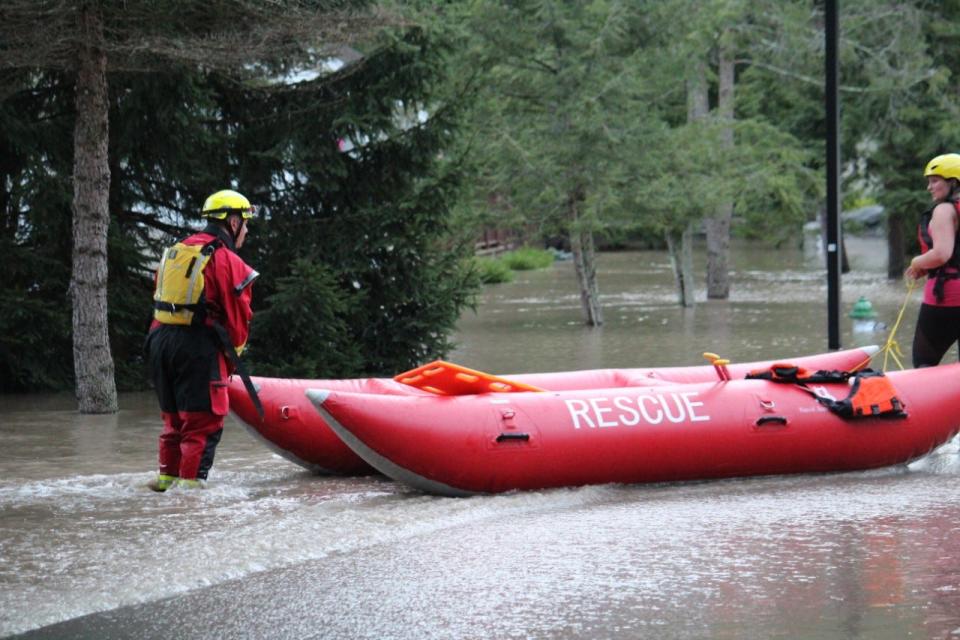How can we promote climate resiliency in the Pocono Mountains? | Howard J. Grossman
While the Pocono-Northeast does not lie adjacent to oceans, it has major rivers such as the Susquehanna and Delaware which flood or ice jam from time to time, causing much damage in the region.
In a recent article in “Planning”, the magazine of the American Planning Association, developers were highlighted in helping to combat ways to meet climate control and management through unique financing in Boston, Oakland, and some other communities in the United States.
This includes establishing a Climate Resiliency Fund to help finance berm, seawalls and natural systems that protect real estate in vulnerable water driven sectors. Private developers will make contribution to augment local, state and federal financial support. In Boston’s case, this concept helps protect a coastal industrial park and serves as a template for other vulnerable areas in the City.
Climate change in the Poconos:Heavy rains could become more frequent over time in northeast PA
Environment:The climate future is now. Humans navigate a ‘Perilous Course’ on the East Coast.
The theory is that public investments in critical infrastructure benefit the private sector by boosting property values and keep land usable. The intervention of government in this situation proves to be beneficial s more and more attention is being placed upon ways to intervene where climate is a major issue.
This example is an important element of many communities in Pennsylvania and this region and demonstrates another technique for finding revenue sources that perhaps have not been thought of in the past. More examples are very likely in the future, and therefore, there is a need to think through opportunities to capture total revenue sources and help achieve solution to the issue of climate control and management.

For the Pocono-Northeast, here are some ideas.
Evaluate river conditions that cause flooding and ice jams and examine development that may be coming adjacent to water bodies and think about ways to find revenue to control and limit damage.
Building stock in this region is generally older, and as the article points out: climate control was never considered. There is need to find solutions to older buildings that have no capacity to change direction but should, nevertheless be protected from water damages.
Think of a regional resiliency fund for the Pocono-Northeast that could be utilized as a means to find solutions to development challenges that relate to water situations.
Hold meeting across the region to receive advice and suggestions regarding ways to focus on climate control.
The Susquehanna and Delaware River Basin Commissions should be contacted regarding their thinking connected to this topic. They have excellent staff and Board members who could be tapped for information and guidance.
National organizations such as the Lincoln Institute of Land Policy could be invited to the region to help find answers to ways to improve climate control. There are other entities that could be contacted as well.
Resiliency is a word that has relevance to many regions. It's use in the Pocono-Northeast has much meaning for the benefit of the 1 million-plus citizens who live here. At the very least, attention to the topic discussed in this column makes common sense.Howard J. Grossman, AICP operates his own consulting company, HJG Associates, in Pittston, PA. He has a Master of Public Administration from New York University. He served as Executive Director of the Economic Development Council of Northeastern Pennsylvania (EDCNEPA). He may be contacted at grossmanhj@aol.com.
This article originally appeared on Tri-County Independent: Opinion: Susquehanna, Delaware rivers prone to climate-induced floods

